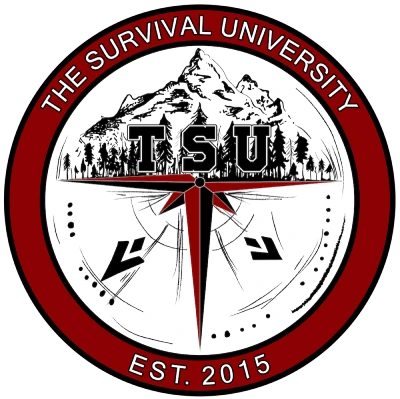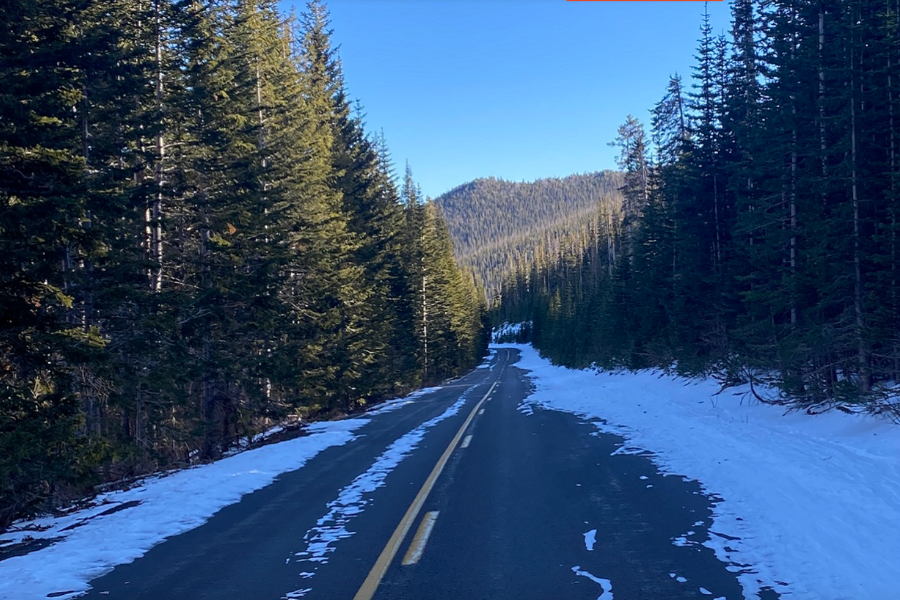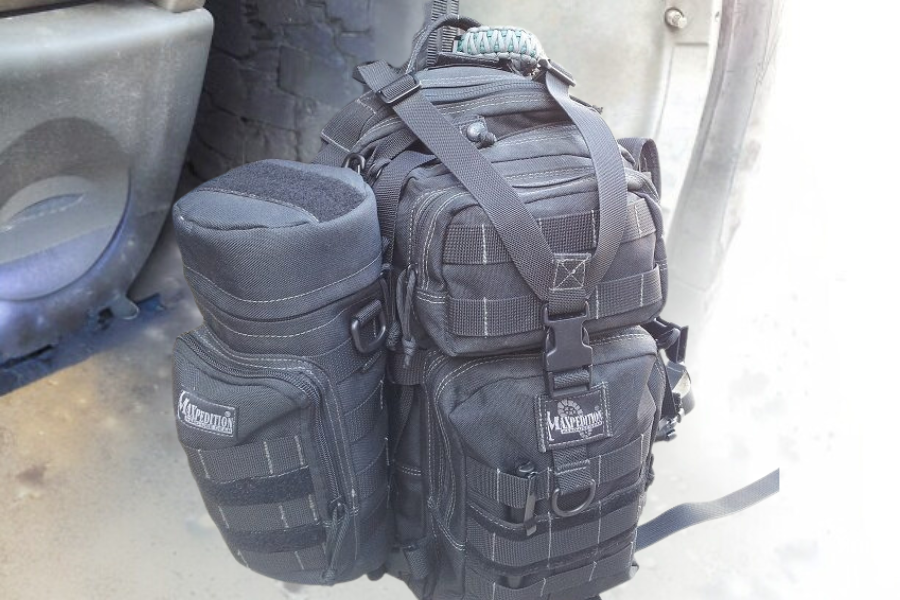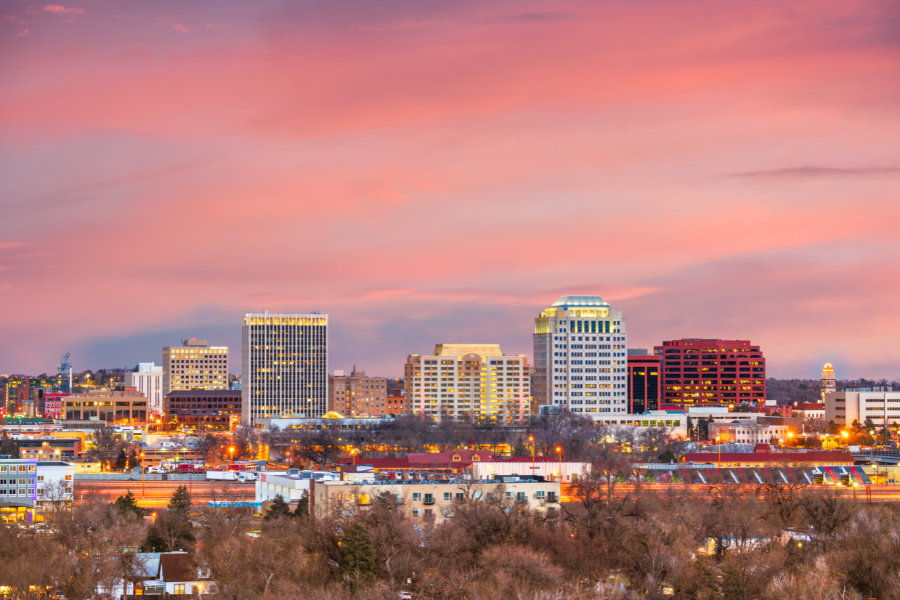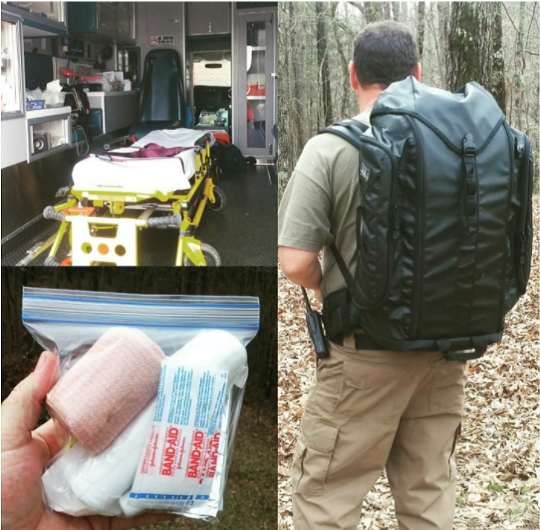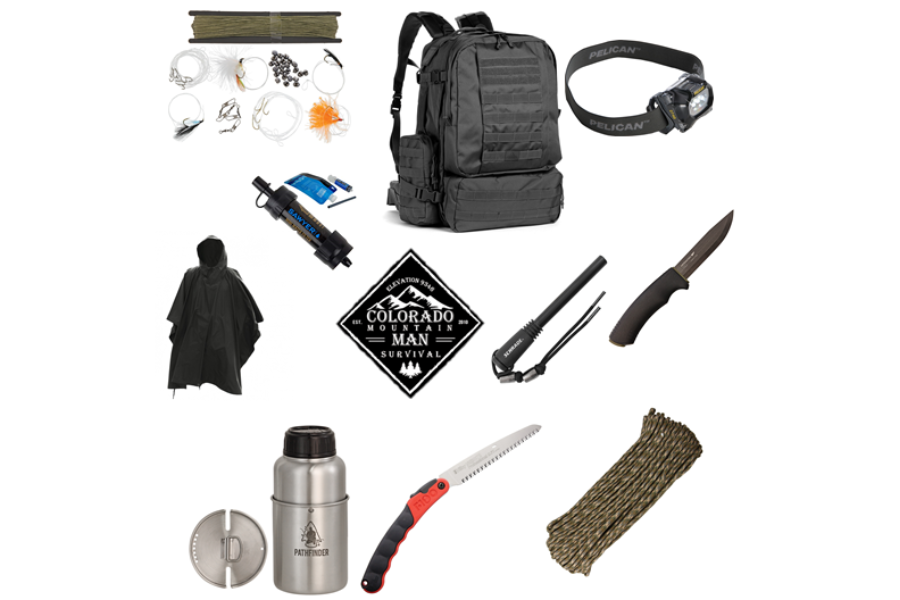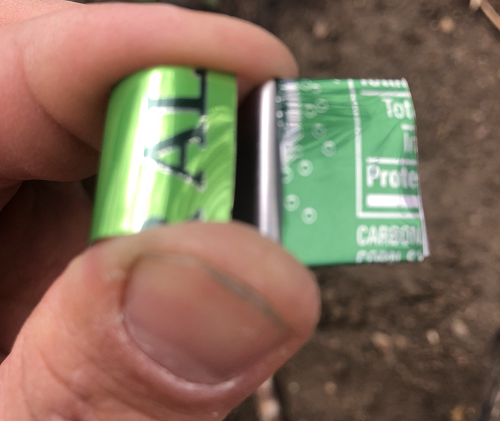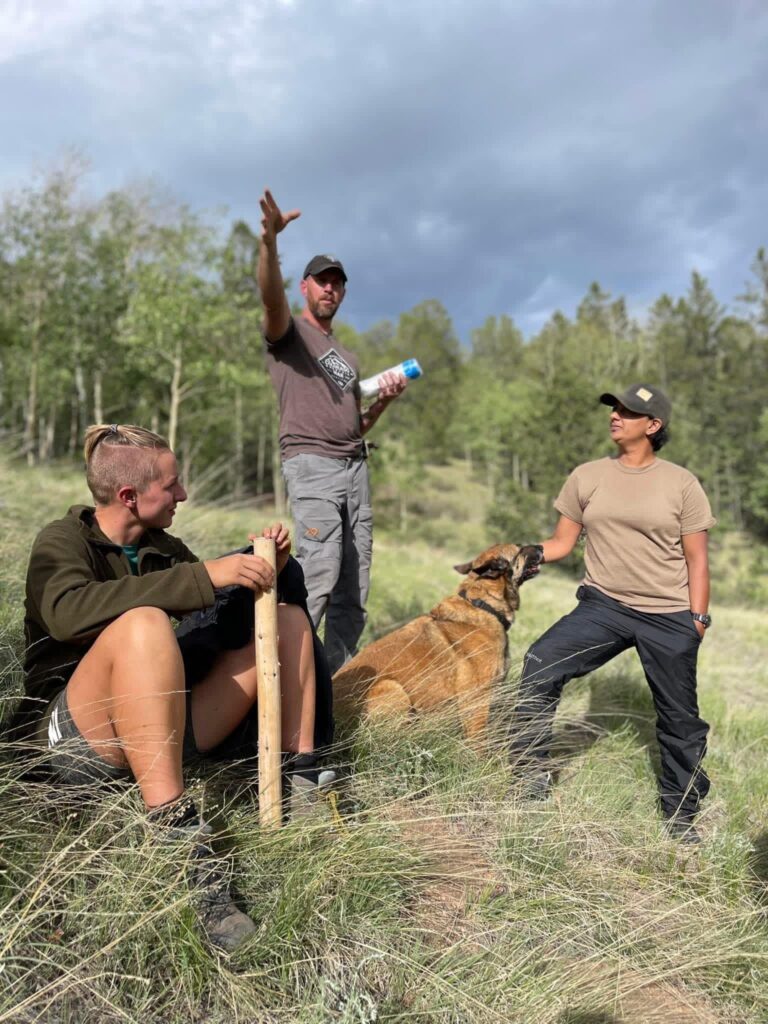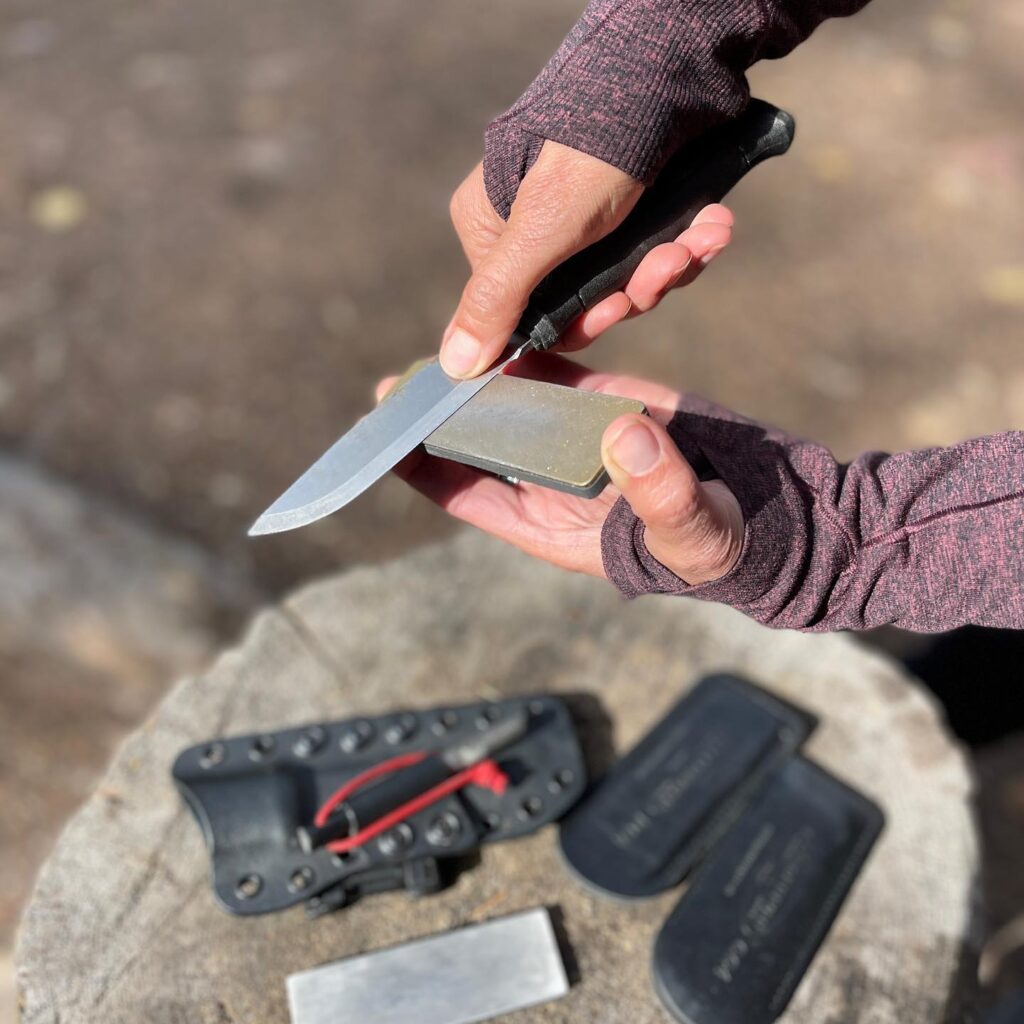Cart
21 min read
What Nash Quinn’s Disappearance Teaches Us About Being Ready for the Backcountry
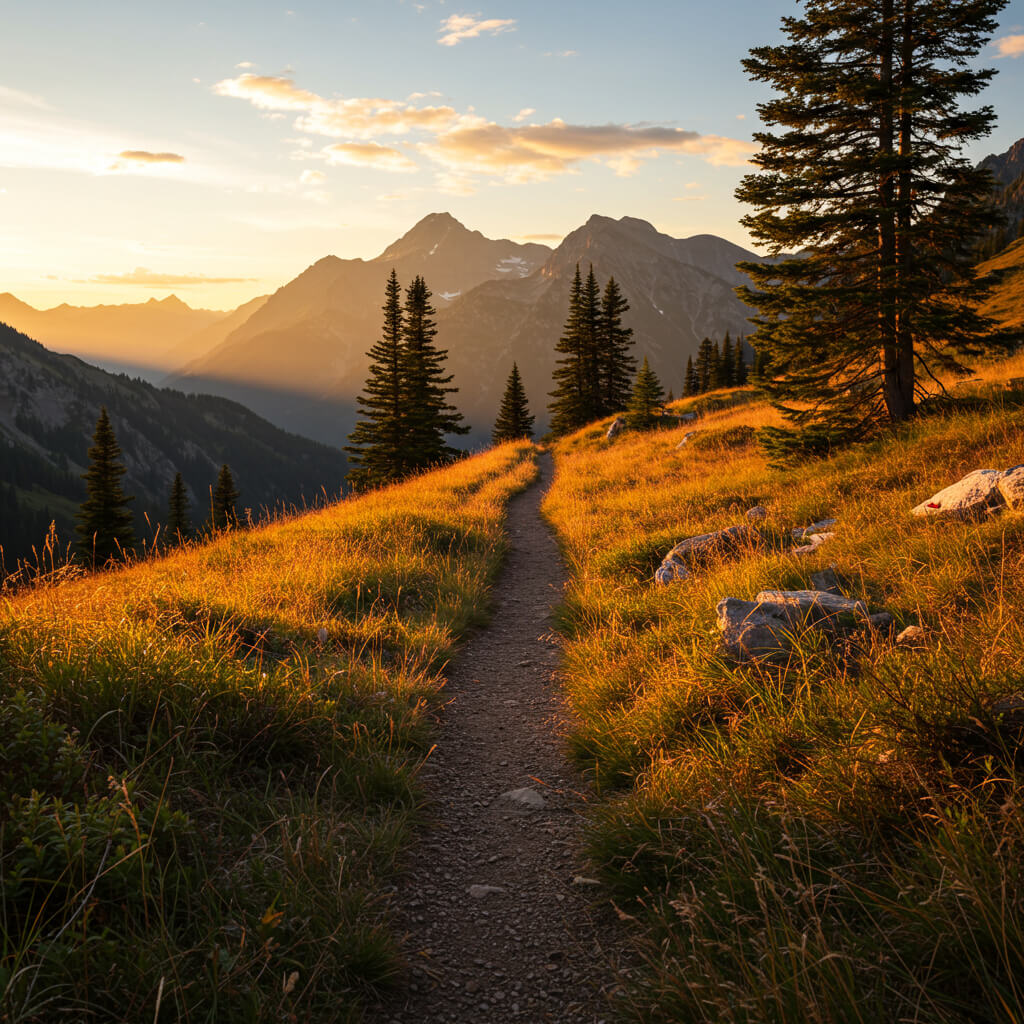
A Quiet Departure - The Beginning of Nash Quinn’s Disappearance and What We Know So Far
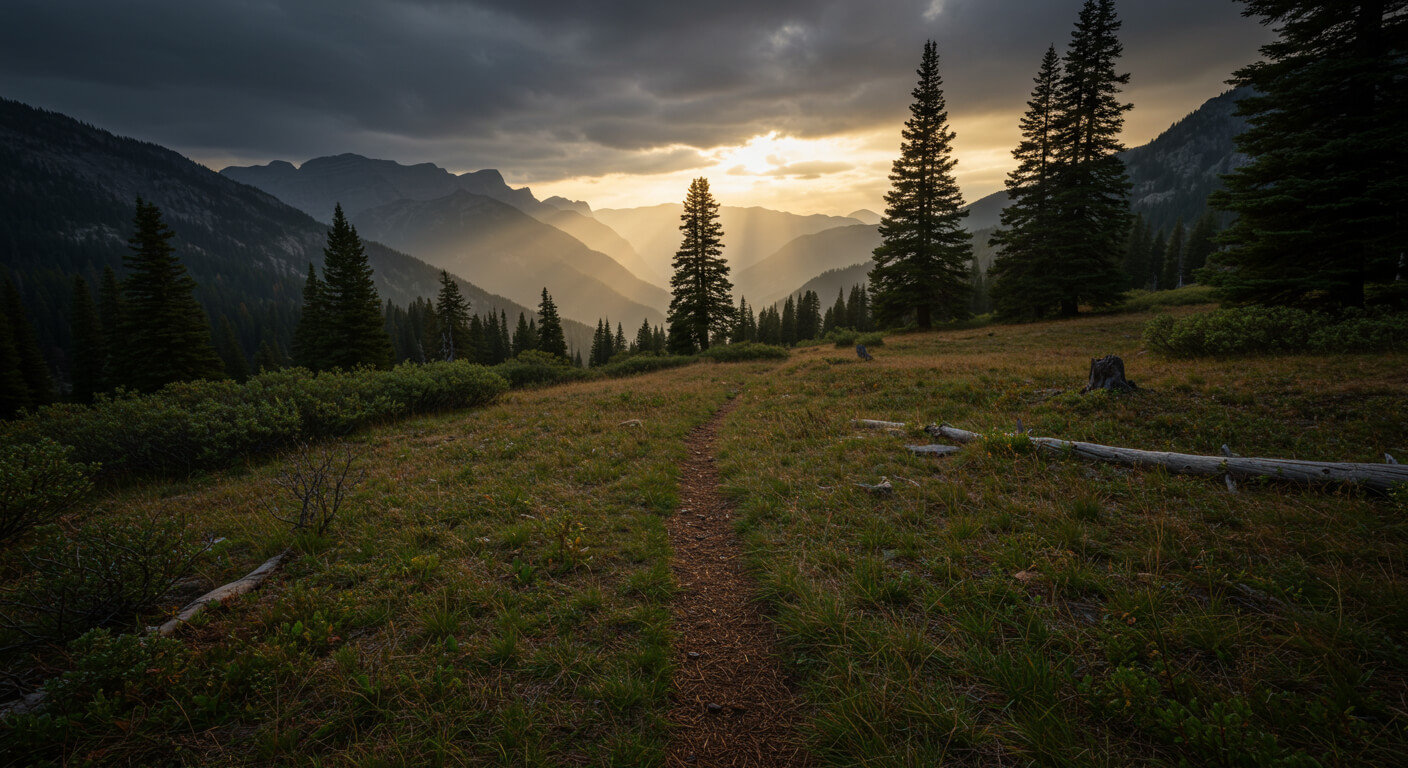
In July 2024, 39-year-old Nash Quinn, a visiting University of Wyoming professor and avid mountain biker, set out on a routine ride near Laramie and never returned. He often rode alone on familiar trails, but this time was different: Quinn simply vanished, and as of today, he’s still missing. At his home, Quinn’s bike and helmet were gone, while his car keys, wallet, and phone remained behind.
At first, friends weren’t alarmed; Quinn was known to travel ultra-light and sometimes wouldn’t even carry water on short outings. However, when nearly two weeks passed with no word from him, concern skyrocketed. A close friend realized on July 21 that nobody had heard from Quinn since the day he left to ride, prompting a missing person report. What followed was a massive search effort involving law enforcement, search-and-rescue teams, and volunteers combing tens of thousands of acres of rugged terrain. Not a single trace of Quinn or his white mountain bike turned up.
Quinn’s mysterious disappearance is a sobering reminder that even a quick trip into the backcountry can turn into an emergency. It’s easy to assume that a familiar route or a short excursion carries little risk, especially if you’re experienced and fit. But as this incident shows, things can go wrong without warning, and the wilderness doesn’t give free passes for expertise or confidence. We owe it to ourselves and our loved ones to be prepared every time we head outdoors. Here are the key lessons every adventurer—novice or expert—can learn from what happened to Nash Quinn.
While I don’t know Nash personally, I know the type of land he disappeared into. I teach people how to navigate places like it, survive in it, and most importantly, how to come home from it. Although I haven’t taught survival courses specifically in the Laramie area, I’ve worked with students throughout Wyoming, including regions further north, and I’m very familiar with terrain like that. The Laramie landscape is rugged, like the Colorado terrains we typically train in.
The truth is, I knew nothing about Nash Quinn until Fox News contacted me to do a story on him and ask questions about survival, what it takes to stay alive in terrain like that, and how people can avoid ending up in the same situation. When they reached out, I began researching. The more I looked into his story, the more it echoed countless others I’ve studied. You can watch parts of that interview with FOX News here.
This kind of thing happens all the time. I’ve done many case studies on disappearances just like Nash’s. They happen in remote pockets of wilderness all over the U.S., but they also happen in non-remote areas. Nash may have disappeared only two or three miles from the city. This kind of thing happens in people’s own backyards. It just doesn’t make the headlines. They don’t get sensationalized. Because of that, most people don’t realize how important proper preparation and training really is.
This isn’t about criticism. This is about reflection. Stories like Nash’s are why I do what I do. Nash is a human being. He has a family. People care about him, and I care about them. I want to bring light to this painful and sensitive subject because we can learn from it. If I can save even one life by talking about it, it’s worth it. I truly hope Nash’s family feels the same, that using his story to help others find their way home is a way of honoring him.
The Myth of Experience
Why Outdoor Enthusiasts Still Need Wilderness Survival Skills
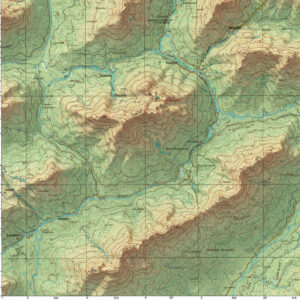
One of the biggest misunderstandings I see in the outdoor world is the assumption that recreating outdoors frequently means you’re prepared when something goes wrong.
It doesn’t.
Nash was no stranger to riding or the outdoors. He was physically fit, familiar with the trails, and probably knew every turn of Pilot Hill, Roger’s Canyon, and Happy Jack. But being active outside doesn’t mean you’re ready for the unexpected. Accidents happen. Injuries happen. When they do, everything changes.
You can be the strongest athlete in town, but if you fall and hit your head on a rock or break a leg, your body strength doesn’t matter. You could be half a mile from help and never make it there.
Confidence without preparation becomes complacency. Complacency is dangerous.
Always Tell Someone
The Simple Step That Could Save Your Life in the Backcountry
One of the most critical takeaways from Quinn’s story is the importance of letting someone know where you’re going and when you plan to be back. In Quinn’s case, no one knew he had gone for a ride that day or at least he didn’t tell anybody his exact plans, which meant that when he didn’t return, no alarm was raised for nearly fourteen days. Those were precious days when search teams could have been looking for him, if only someone had realized he was missing sooner.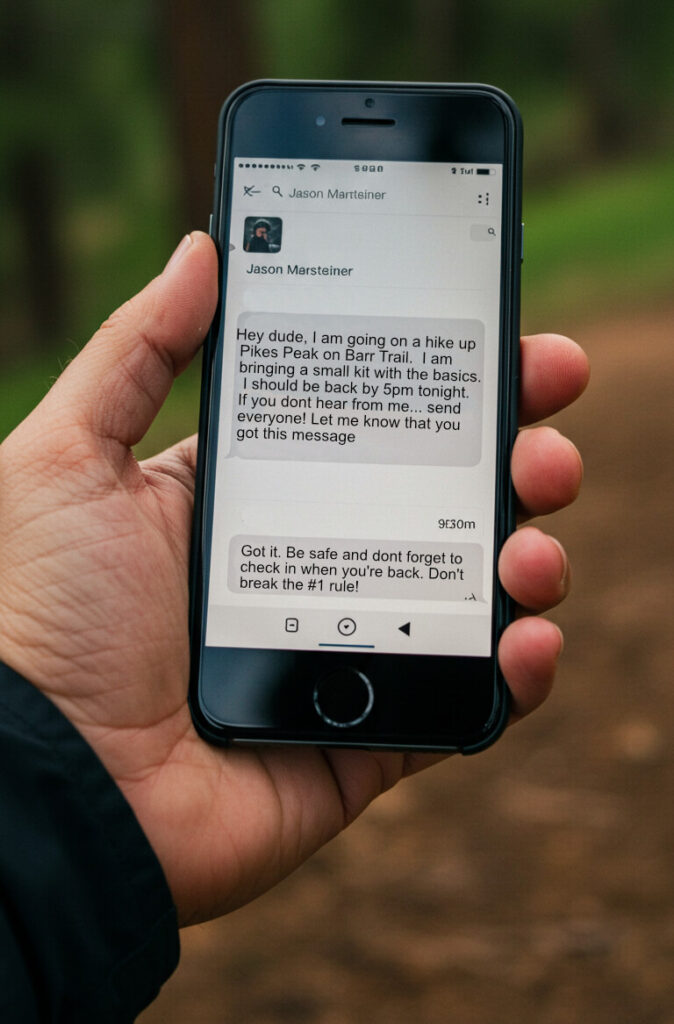
Always share your itinerary with a trusted person before you venture out, even for a short bike ride or day hike. Provide details about where you’re heading, which route or trail you’ll take, and when you expect to return. Agree on a time by which you’ll check in. If that time passes and you haven’t checked in, your contact should know to call for help. And this point is very important, DO NOT deviate from that plan, unless you tell someone. This simple habit can shave hours or even days off the response time if you get lost or injured.
The earlier a search begins, the better the chances of a safe outcome. Don’t assume you’re inconveniencing others by doing this, your safety is worth a quick text or note about your plans.
I don’t care if you’re just going out for 30 minutes. I don’t care if it’s a loop you’ve ridden a hundred times. Tell someone.
I know some of you probably rolled your eyes when you read that. Maybe you’ve said to yourself, “I’ve done this a hundred times.” So did Nash. If something goes wrong, if you slip, crash, or lose your way, you’ll change your tune fast. In that moment, you’ll wish someone knew where to look. Even with all my survival experience, I still make a point to tell someone where I’m going and what my plan is.
If Nash had told a friend, neighbor, or coworker that he was heading out and expected back by dark, the search could have started sooner. Even a simple note on the counter is better than nothing. But a note only works if someone knows to go looking. That’s why it’s better to talk to a person you trust before you head out.
In today’s world, telling someone your plans can also mean using digital tools. Apps like Strava, which Nash used to log rides, let you share your route in real time with friends or family. Imagine a friend getting a Strava alert when you don’t finish your ride. It could start a search hours sooner. Automated check-in services, like those offered by some satellite communicators, can alert contacts if you don’t return on time. Even a quick email or text with your route and expected return time can guide searchers if something goes wrong. Nash’s private nature meant no one knew he was missing for days, delaying the search. Combining personal communication with digital backups ensures someone is always in the loop, no matter how short your trip.
A short message could mean the difference between life and death.
The Power of Tracking Technology
Using Satellite Communicators and GPS Devices for Backcountry Safety
Nash’s disappearance underscores a hard truth. In the backcountry, technology can be a lifeline, but only if it’s used wisely. Nash left his phone behind, in line with his minimalist ethos, but that decision left searchers without any digital trail to follow. Devices like personal locator beacons, satellite communicators, or GPS-enabled bike computers can transmit your location even in areas with no cell service. A Garmin inReach or SPOT tracker, for example, can send an SOS with your exact coordinates at the push of a button.
But owning the gear isn’t enough.
I remember helping teach a land navigation class near Colorado Springs when a woman approached me in a panic. Her husband, a mountain biker, had triggered a distress signal. Search and Rescue was already out there, but they were driving back and forth on the dirt road past me, maybe half a dozen times. They looked at me a few times but just kept driving up and down the road. I didn’t think much of it at the time. I figured they were just out training or checking something routine because they didn’t seem overly concerned. Then the man’s wife spotted me standing next to my truck with a topo map and compass in hand. She probably saw the big SURVIVAL UNIVERSITY logo on the back of my rig and came straight over. She explained what was going on, that they couldn’t find her husband and showed me the digital map on her phone. Comparing my low-tech topo map and compass to her phone's digital map, I was able to pinpoint exactly where he was. I pointed towards a ridgeline about a half mile away and told her, “He’s up there!” She took that information to SAR, and for the first time, they actually got out of their vehicles and headed in the direction I had indicated. Within the hour, they found him.
I didn’t assist with the search beyond that. The professionals were now heading in, and I had students of my own to tend to. But it stuck with me. Just because SAR or EMS has the tech doesn’t mean they know how to use it effectively. Sometimes, falling back on basic skills makes all the difference. All the technology in the world won’t help if you don’t know how to read it or if you’re too proud to ask someone who does.
We’ve had EMTs, paramedics, and nurses take our Wilderness First Responder course and hit a wall. Not because they’re not capable, but because the wilderness strips away the systems they’re used to. There’s no hospital hallway, no clean equipment tray, no big trauma kit, no backup on call. Just you, the problem in front of you, and whatever you’ve got in your pack. That shift humbles people fast. And that’s when real learning begins.
Technology is a tool, not a replacement for skill. Learn both.
At The Survival University, we teach students to balance self-reliance with smart preparation. Carrying a tracker doesn’t make you less capable. It makes you responsible but it also doesn’t make you fully prepared. Nash’s story reminds us that even a short ride can turn into a crisis, and a small device could mean the difference between being found and being lost. Learn how to use these tools before you head out, and always test them at home first.
When Minimalism Goes Too Far
How Ultralight Mindsets Can Become Dangerous Without Proper Preparation
Minimalism is trendy. Ultralight gear, no pack, no frills. I get it. More and more people are trying to disconnect from technology and get away from it all. Honestly, I’m the same way. I value that time offline. But you have to do it safely. You have to be prepared. You have to learn a few things first.
Think of it like riding a motorcycle. You don’t just jump on one and take off down the highway with no experience. You learn how to operate it. You put on a helmet, or at least you should. Maybe talk to someone who’s been riding for a while. You take it slow at first. The same goes for heading out into the wilderness.
If you don’t take precautions, if you skip the safety gear and skip the training, it’s only a matter of time before something catches up with you. When it does, it can go really bad, really fast.
Here’s the truth. You can carry five pounds of gear that could save your life.
That’s it. Five pounds.
That’s enough to give you water, shelter, fire, and a signal if you need to spend an unplanned night in the wild. You won’t be comfortable, but it will keep you alive. But it only works if you know how to use it. Gear is nothing without training.
I’ve dedicated the last 15 years of my life teaching people how to be ready. Not because I like gear. Not because I want to sell classes. But because I’ve seen the other side. I’ve seen what happens when people go into nature without real skills.
Take a Wilderness Medical Class
How Basic Backcountry Medical Training Can Save Lives
Let’s be honest. If you get hurt in the backcountry, you’re on your own.
Help isn’t five minutes away. It might be five hours. It might be two days. If the weather turns or you can’t be moved easily, it could be even longer. In those moments, you don’t need a rescue team. You need the ability to stabilize, improvise, and survive.
The more you know about treating yourself or someone else, the better your chances of making it out alive. And the better your chances of keeping someone else alive until help arrives.
Wilderness medicine is about resourcefulness, knowing what’s life-threatening and adapting with what’s around you. It’s the kind of knowledge that sticks with you and makes you an asset in any group, not just a passenger.
Whether it’s a weekend Wilderness First Aid course or an intensive Wilderness First Responder certification, this knowledge is life-saving. Not theoretically. Literally.
It might be your own life you save. It might be your friend’s. It might be someone you find out on the trail who never expected to need help.
We don’t know exactly what happened out there. But it makes you wonder. If Nash had some wilderness medical training or a few key rescue tools, would it have changed the outcome? Would he still be missing? There’s no way to know. But the question itself is a reminder of how important these skills can be when no one else is around.
If you think you already know enough, consider this. The worst time to realize what you don’t know is when you’re sitting beside someone who’s fading, and you’re the only help they’ve got.
Search and Rescue Starts With You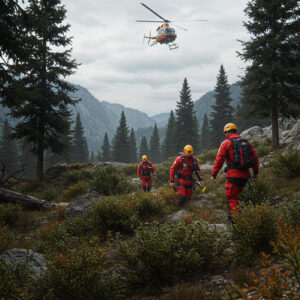
How to Spot Clues, Track, and Help During a Missing Person Search
If you want to help people like Nash, learn how.
Take a Search and Rescue Tracking course. Learn how lost people move. Learn how to read the landscape, spot disturbances, and follow clues. SAR teams don’t just need bodies; they need trained eyes. They need people who understand how the environment reacts to human presence, who notice the things that others overlook.
These skills don’t just make you more capable in the wilderness; they make you hyper aware. You start noticing bent grass, displaced rocks, subtle trails, shifted leaves, candy wrappers or other out of place manmade items. You begin to interpret the landscape as a living map, telling you where someone went and when.
Spotting Signs of a Missing Person
How to Recognize and Report Clues That Could Save a Life
In Nash’s case, no definitive clues, like his bike or helmet, were found, but knowing what to look for can make a difference. Watch for:
- Abandoned Gear: A bike, helmet, or water bottle left on a trail could indicate distress.
- Unusual Tracks: Fresh tire marks veering off a path or disturbed vegetation might show where someone went.
- Personal Items: Glasses, clothing, or tools could be critical clues.
If you find something suspicious, don’t touch it. Mark the location (use a GPS app or physical marker), take photos, and call local authorities immediately (e.g., Laramie Police at 307-721-2526 for Nash’s case). Report the exact time and place, and stay safe; don’t venture into risky terrain alone. Your observation could save a life.
When I think about Nash, I wonder how different things might be if more people had this awareness. Could someone have seen a sign? A track? Could they have connected the dots in time? This kind of training gives people a chance, not just to survive, but to make a difference.
If you want to be the kind of person who can truly help during a missing person search, or avoid becoming the one who needs to be found, tracking is a skill worth learning.
We teach these things at our school not to build a business, but because they matter. Because if more people were trained, more people would make it home.
The Danger of Overconfidence
The Dangerous Role of Overconfidence in Outdoor Emergencies
This part is hard to say out loud. Because we all want to believe we’re strong, capable, smart enough to handle whatever comes.
But the wilderness doesn’t care about your resume or your gym results.
I’ve seen too many people, experienced hikers, athletes, even ex-military, get themselves into trouble because they thought, “I’ll be fine.”
Ego kills.
It convinces you to leave your gear behind because it’s “just a short hike.” It tells you that you don’t need to take a class because you already know enough. It’s the same overconfidence that whispers, “I was in the Scouts 20 years ago, so I’m good,” or “I saw someone do it on YouTube, so I know how now”, as if watching replaces doing, and practice doesn’t matter. It’s the voice that says, “I’ve done this a hundred times, nothing’s going to happen.” Until it does.
I say this with a full heart. Not to shame anyone. Not to judge. But to wake people up. If you won’t carry gear, won’t tell anyone your plans, and won’t train properly, you’re gambling with your life. And the lives of the people who may have to go out looking for you.
It’s not just about you. When something goes wrong, it pulls in your family, your friends, and total strangers who drop everything to join a search. People with kids at home. People who volunteer their time, their energy, and sometimes their safety. That ripple effect starts with a single decision. One choice to underestimate the wild can cost more than your own life.
Humility in the backcountry isn’t weakness. It’s wisdom.
A Harsh but Necessary Truth
Lessons from Nash Quinn That Could Prevent Future Backcountry Tragedies
If Nash had carried a small pack with a way to signal, a way to stay warm, and a way to stay hydrated, he might have survived. If he had left a note or texted a friend, they might have found him.
These are not just “what ifs.” They’re real decisions that make a difference. Choices that feel small in the moment but echo loudly when things go wrong.
Beyond gear and plans, Nash’s story raises deeper questions. Disappearances aren’t always accidents. Sometimes, people choose to step away, often silently struggling with mental health challenges. While we don’t know Nash’s full story, his private nature reminds us that even strong, capable people can face unseen battles. Check in with your friends and family, especially those who seem independent or withdrawn. A simple conversation could make a difference. If you or someone you know is struggling, resources like the National Suicide Prevention Lifeline (988) are available. Preparedness isn’t just about gear; it’s about caring for each other.
It’s easy to assume that a short ride, a familiar trail, or good weather means nothing bad will happen. But the wild has no obligation to honor our assumptions. A turned ankle, a bad fall, a shift in weather, these things don’t care how confident you were.
We need to normalize having this conversation before tragedy strikes. Because the truth is, prevention doesn’t get airtime. Planning isn’t dramatic. Real preparation doesn’t trend. But it saves lives.
If this blog feels heavy, good. It should. Because people die out there. We talk about it in hindsight, but most rarely talk about what could’ve been done beforehand. I talk about it every day. I live it. It’s in those quiet, uncomfortable conversations, before the headlines, before the search parties, that we have the best chance to change the outcome.
Bringing It Home
How We Can Honor Nash Quinn by Being More Prepared in the Outdoors
Nash Quinn mattered. His disappearance is not something to sensationalize or politicize. But it is something to learn from. Because this is real. It’s not a movie or a headline or a cautionary tale you forget tomorrow. It’s a human life, someone’s son, someone’s friend, someone people love.
If you take anything away from this, let it be this:
- Tell someone where you’re going.
- Carry the gear.
- Get the training.
You don’t need to be a hardcore survivalist. You just need to be human enough to admit that nature is bigger than you. That being prepared doesn’t make you paranoid, it makes you responsible.
I wish Nash had made it home. I wish more people listened before it was too late. If his story can wake someone up, if it can save even one life, then maybe something good can come from all this pain. I hope his family knows that. I hope they know there are people out here who care deeply, who are listening, and who are trying to make sure it doesn’t happen again.
Nash’s case remains open, and you can still help. Keep an eye out for his white Ridley bike with a brown leather seat or any signs in the Pilot Hill, Happy Jack, or Rogers Canyon areas. If you have information, contact the Laramie Police Department at 307-721-2526. Sharing Nash’s story on social media or donating to the GoFundMe (www.gofundme.com/f/support-search-efforts-to-help-find-nash-quinn) supports his family and keeps hope alive. Let’s honor Nash by staying vigilant and prepared.
What You Can Do
Nash's story carries lessons we all can learn from. Here’s what you can take with you:
-
Don’t mistake experience for readiness. Familiar trails still carry risk.
-
Always tell someone your plans. Even for short outings.
-
Use technology wisely. Carry it. Know how to use it. Test it first.
-
Minimalism is not a survival strategy. Carry the few things that could save your life.
-
Train for real emergencies. Basic medical skills and tracking knowledge can save lives.
-
Ego kills. Humility and preparation bring people home.
-
Look out for each other. Check in with friends. Talk about mental health.
-
Preparedness is love. It’s not about fear — it’s about respect for the wild and those who wait for us at home.
This isn’t just a story to scroll past. It’s a reminder of how quickly things can go wrong out there even for people who know what they’re doing.
If you have thoughts about Nash’s disappearance, experiences from the backcountry, or tips that others could learn from, drop them in the comments. Sometimes one shared insight can make a difference for someone else heading into the wild.
Stay safe out there.
About the Author
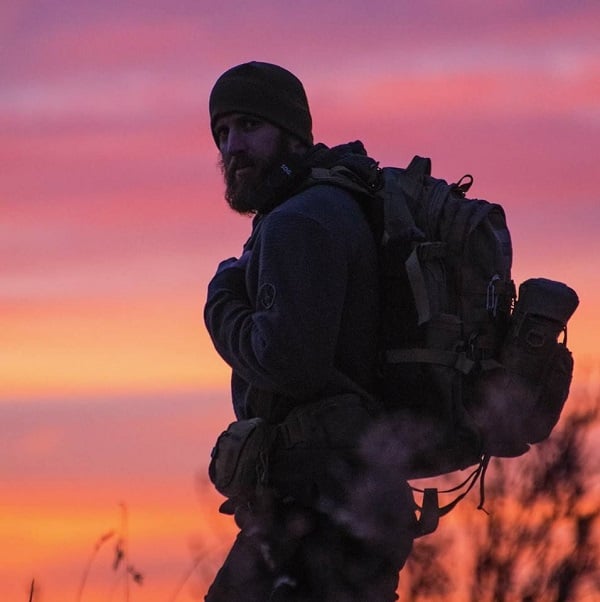 Jason Marsteiner is the founder and lead instructor at The Survival University, where he’s turned his obsession with staying alive into a mission to teach real-world survival skills. Forget fancy gear—Jason’s all about the know-how that gets you through the wild or a city crisis. A published author of Wilderness Survival Guide: Practical Skills for the Outdoor Adventurer, he’s distilled years of hard-earned wisdom into lessons anyone can use.
Jason Marsteiner is the founder and lead instructor at The Survival University, where he’s turned his obsession with staying alive into a mission to teach real-world survival skills. Forget fancy gear—Jason’s all about the know-how that gets you through the wild or a city crisis. A published author of Wilderness Survival Guide: Practical Skills for the Outdoor Adventurer, he’s distilled years of hard-earned wisdom into lessons anyone can use.
Raised in Colorado’s rugged mountains, Jason’s survival chops were forged in the wild—from Missouri forests to Arizona deserts to Costa Rican jungles. He’s navigated it all with next to nothing, earning creds like Wilderness First Responder (WFR) and SAR tracking along the way. He’s trained thousands to keep cool when 911’s out of reach, proving survival’s not just for grizzled adventurers—it’s for hikers, parents, and city slickers alike.
Jason’s mantra? Everyone should make it home safe. When he’s not running courses, he’s designing knives, mentoring newbies, or chilling in the city like the rest of us—always sharpening the skills that turn panic into power.
Leave a Comment
The Get Home Bag
We share the get home bag essentials checklist which is everything you might need to get home in the case of an emergency just in...
Fire Cider – Master Tonic
Fire Cider and/or Master Tonic is a concoction that you can make at home that helps combat the flu, other similar illnesses and much, much...
Urban Survival Tips
In an ever more urbanized world, it's crucial to empower people with the know-how to thrive in cities. By following these suggestions, you can boost...
What’s in a Wilderness Medical Kit
All medical kits, should assist you in opening and maintaining an airway, providing ventilations if needed, limiting blood loss, immobilizing a suspected fracture and treating...
Recommended Gear List For Courses
Ultimate gear list for survival courses at The Survival University, covering essentials for various classes from beginners to advanced levels.
Making a Lifesaving Whistle from Trash for Survival
Learn how to make a super quick and highly effective whistle hack that carries over distance. Prioritize your situation and ensure safety when processing found...
81 Basic Survival Tips That You Should Know
Discover essential survival tips for any emergency situation with our comprehensive blog. Stay safe and prepared in the wilderness!
Why a Knife is Not Your Most Important Survival Tool: A COMPARISON OF SKILLS AND TOOLS IN REAL-LIFE SCENARIOS
Discover why a knife is not your most important survival tool in this eye-opening article. Learn crucial wilderness skills for emergencies.
